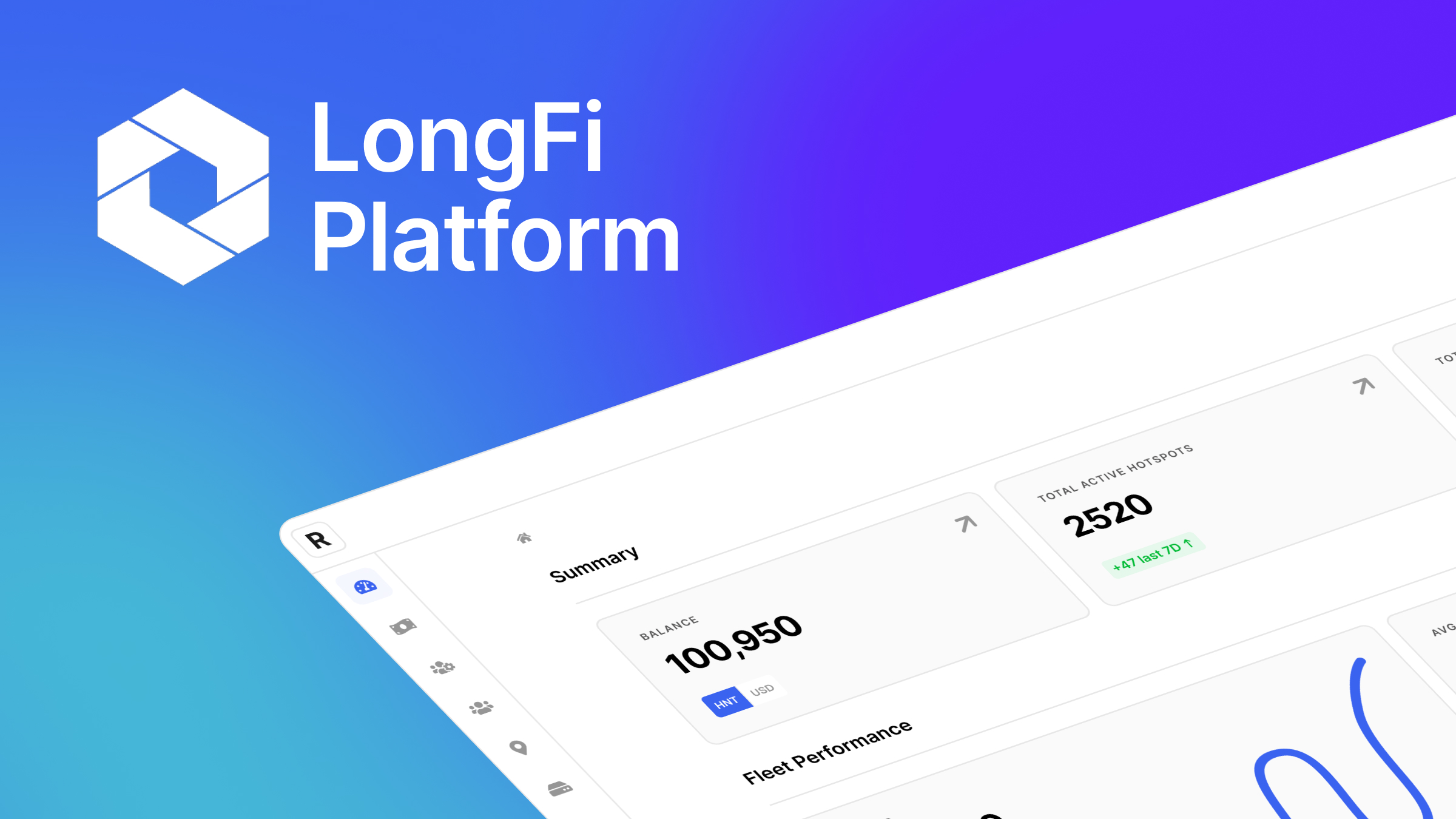All information is collected from the official Helium resources and Helium community. We're regularly checking and updating the content. Our team is in progress of adding more helpful details.
Last Updated: Mar 16, 2023

Information Directory
Helium-Solana Transition
All most recent Helium-Solana transition information from official and community resources in one place. Learn about the migration, what to expect, and how to prepare.
About
Why is Helium moving onto Solana?
As described in Helium Foundation HIP 70 Announcement:
The Helium Network has achieved incredible growth with close to 1 million Hotspots deployed worldwide and increasing data transfer through an ever-expanding list of use cases.
To scale the Network, core developers and members of the community have spent countless hours keeping up unprecedented growth with a focus on two critical areas: reliable Proof-of-Coverage activity and reliable Data Transfer activity.
In the last several months, these have proven to be a challenge for users: reduced PoC activity due to Network size and blockchain/Validator load and issues with data packet transfer due to complexities of unnecessarily managing the flow of data and subsequent accounting on the Helium blockchain.
With HIP 51 underway, and as a result, more protocols (e.g., IOT, MOBILE), more users, and use cases on the Helium Network, HIP 70 addresses the problems described above. Additionally, proposing Solana as the L1 to support the Network in transaction and settlement. In short, HIP 70 addresses network speed, reliability, and scalability.
Source: The need for HIP 70 by Helium Foundation
For a more detailed technical explanation, visit HIP 70.
Goals
Core transition goals
HIP 70 introduces 3 significant changes to Helium ecosystem:
Plan
What do we know about the transition plans?
At the moment, Helium Foundation is still working on publishing an overall plan for the transition. More information should be available closer to the end of Q1 2023.
We're monitoring Helium's official resources for more details. We will update this section as soon as new information is released.
Timeline
⚡️ Update
When will Helium migrate to Solana?
On February 17 Helium Foundation has proposed March 27, 2023 as the migration date to the Solana blockchain.
The migration is set to take around 24-hours to complete and start at approximately 1500 UTC / 10:00 AM ET.
Special Upgrade Readiness Working Group is being put together to ensure the community and all involved parties are successfully migrated over the transition period.
Read the entire announcement in Helium Foundation blog.
On March 16, Helium-Solana Upgrade Readiness group has voted to move migration to April 18 to support community with transition to new Solana system. Read Helium Foundation announcement
April 18, 2023
A 24-hour transition period will take place at approximately 1500 UTC / 10:00 AM ET
Helium-Solana migration was moved to April 18 to support community transition to the new Helium-Solana systems.
Read Helium Foundation announcement
Read Helium Foundation announcement
Resources
Official Helium channels
Links
Terminology
Proof-of-Coverage (PoC)
An algorithm used by Helium blockchain to verify that Hotspots are located where they claim.
Source: docs.helium.com
Layer 1 (L1)
Layer 1 refers to a base blockchain, such as Bitcoin, Ethereum, or Solana and its underlying infrastructure. Protocol is Layer 1 when it processes and finalizes transactions on its own blockchain.
Source: academy.binance.com
Oracles
Oracles, collectively, are a mechanism to broadcast data from outside of the blockchain onto the blockchain.
Source: blog.makerdao.com
AMA
Abbreviation for “Ask me anything”.
In our blog
Transition your fleet smoothly with Relay
Offload your fleet's operations on Relay and get your network going 24/7. Fill out the form below to schedule a demo of the Relay platform.





